Targeting Prespawn Bass in Eelgrass
How Justin Atkins locates and catches fish in the green stuff
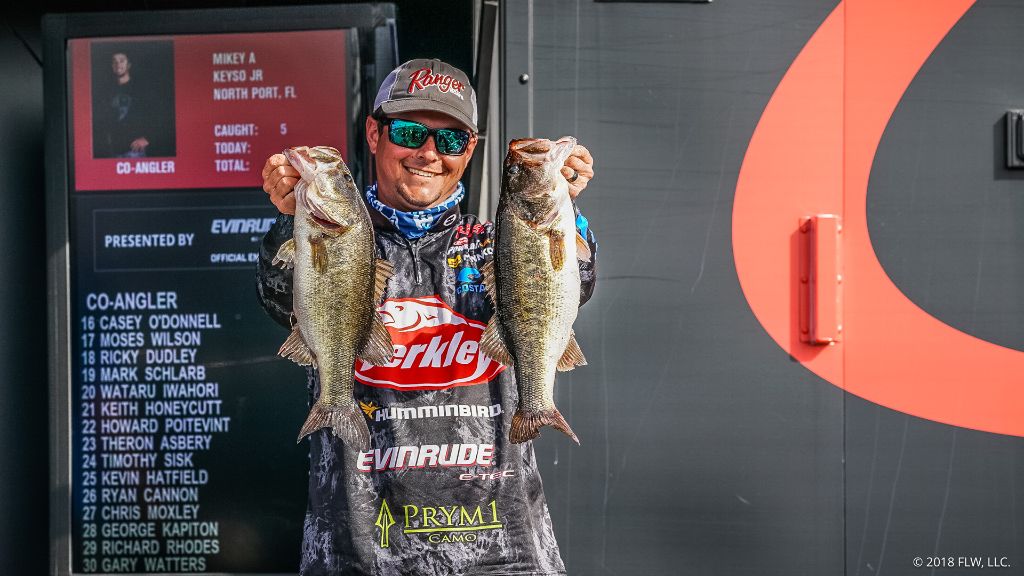
Eelgrass is a type of aquatic vegetation that can be found in many rivers and lakes throughout the United States. Its recent flourishing in Tennessee River lakes such as Pickwick and Guntersville has changed how bass set up during the winter and prespawn periods.
Forrest Wood Cup champion Justin Atkins began his rookie season on the FLW Tour in 2017 with a ninth-place finish at Guntersville by targeting bass in eelgrass with a crankbait, and he has a solid understanding of how to capitalize on eelgrass patterns in the early part of the year.
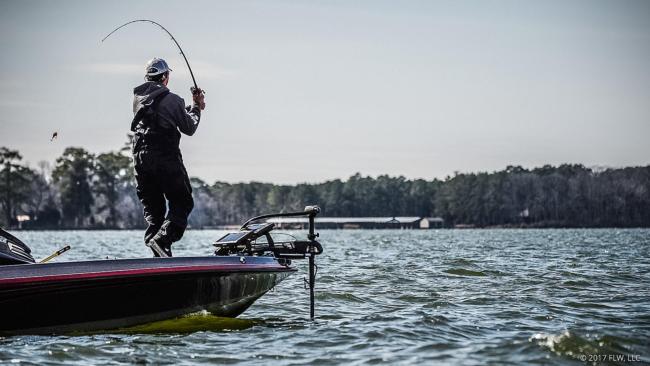
Why Eelgrass?
Even though hydrilla and milfoil are present at Guntersville, Atkins says eelgrass is his choice during the prespawn because of where it grows and how easy it is to fish reaction baits around it.
“It creates the perfect current break,” he says. “It grows in the 5- to 8-foot range on main-river bars. This time of year the fish want to be out in the river, but not directly in the current. It stops growing right around 8 feet deep, and that creates a perfect hard line.
“The way that eelgrass grows is really tight together. It is very thick, and that blocks the current better. Hydrilla is short during the colder months and doesn’t create as much of a break.”
The rigidness of the eelgrass stalk also allows for more reaction bait tactics.
“It’s a really rigid grass, and you can fish a small [diving] crankbait or lipless [crankbait] right through it. If you hook a piece of it, it is really easy to snap the rod with minimal effort and clean the bait,” Atkins says. “With hydrilla, even a little bit requires you to rip it hard, and often you will waste an entire cast with grass on your hooks.”
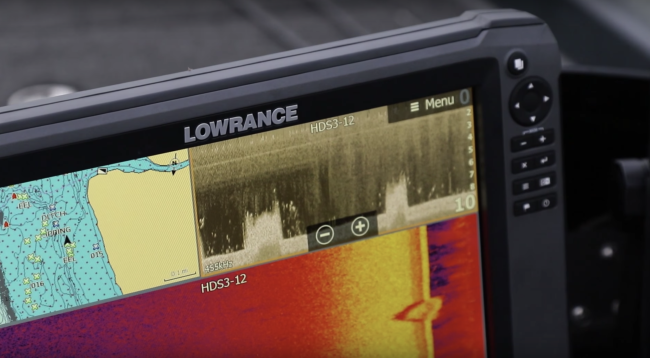
Where to Find Eelgrass
The 5- to 8-foot-deep zone is where Atkins usually focuses on Guntersville, but that range can vary in other fisheries or times of year.
Atkins utilizes digital mapping to zero in on his favorite depth zone.
“I change the colors on my chart to show just the 5- to 8-foot depth and then use side scan to look for eelgrass,” he says.
He’s also found that certain areas tend to promote the growth of eelgrass; sometimes it’s based on bottom content, but primarily it’s a result of the plant’s proclivity for current.
“It is mostly a main-river species,” Atkins adds. “Eelgrass is current-related and seems to do best on wide river bars.”
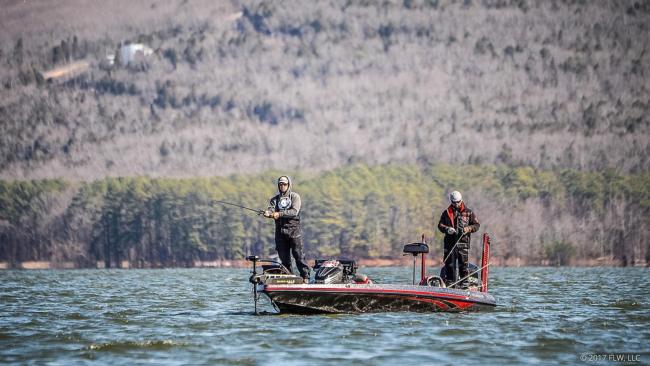
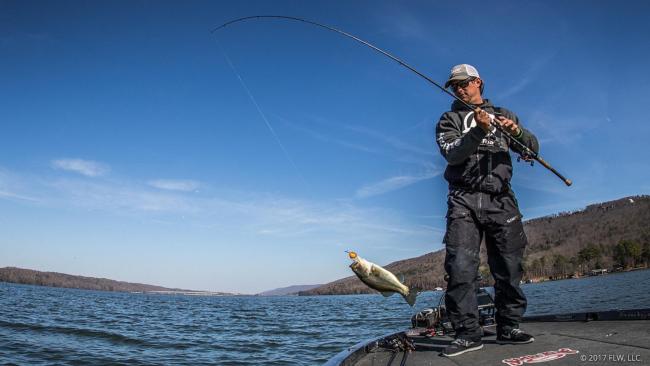
How to Fish It
During the winter and prespawn, Atkins has a one-two punch to target eelgrass.
“A small [billed] crankbait and a lipless [crankbait] are the two deals,” says Atkins, who prefers a highly buoyant balsa crankbait that dives 4 to 6 feet for most Guntersville applications. “They allow you to cover water quickly, and because the grass is so thick together you can’t punch it or fish it as effectively with other lures.
“I like to use a more limber rod,” he adds. “You don’t need a stiff rod to rip through the grass like you do with hydrilla.”
When faced with vast expanses of eelgrass, Atkins will always start by targeting the grass edge on the downcurrent side.
“I always start there because that is going to be the best current break,” he says. “From there, I might have to fish the topside of the grass because often it is a foot or so taller on the shallow side, and that creates another break.”
Atkins keeps his bait right above the grass, occasionally making contact and ripping it free. He experiments with casting across the edge or along it. Each can produce, and it can vary by day or location.
“I mark a waypoint each time I get a bite, and then I can start to develop a pattern for how the fish are holding to it that day. There are times when all of your fish will be in one small section of a mile-long stretch of eelgrass. I find that they seem to really group up in eelgrass.”